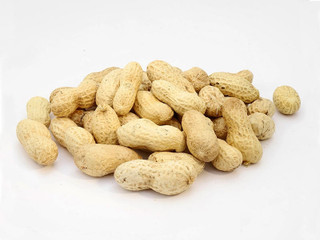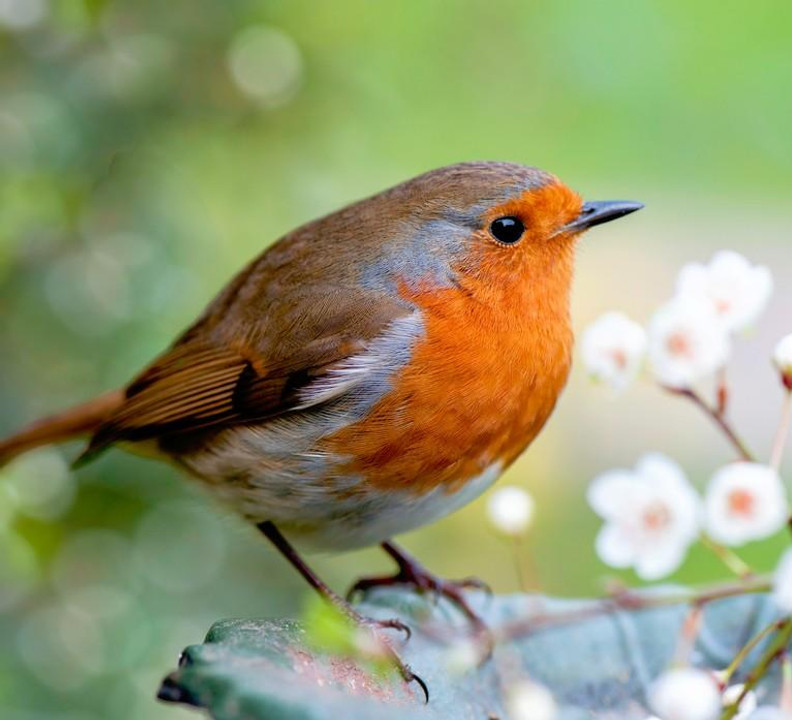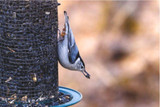Top 5 British Birds
Lucky for birdwatching lovers, Britain is home to some amazing, beautiful birds. This blog aims to explore the top 5 British birds. If you manage to catch any of the beauties we discuss in this article, be sure to log it in the Birdspotter App!

What Are The Top 5 Bird Species In Britain?
A recent study of bird species in Britain has concluded on the top 5 British birds.
5. The Blackbird and Chaffinch.
In joint fifth place on the popularity leaderboard are the Blackbird and the Chaffinch - with an estimated 5.05 million pairs each.
Although depleting in numbers, the Blackbird remains one of the most popular British birds - typically around 10 inches long, has a wingspan of 14-15 inches and usually weighs between 80 and 125 grams.
With a song that is probably one of the most well-known in the UK, high pitched with a sing-song quality, this species of bird cements itself as one of Britain’s most classic birds.
Although the majority of Blackbirds live throughout the UK, they may also be seen, depending on the time of year throughout other areas of Europe and even as far as China!
The Chaffinch joined in 5th place with the Blackbird, is one of Britain’s most common birds and can also be found across Europe, Siberia and occasionally along Northern Africa!
The male and female Chaffinches look remarkably different, although they are both small birds. The male can be identified due to its colourful markings, however the females, despite having the recognisable markings on their wings are more of a dull, brown colour.
4. The Woodpigeon.
With 5.15 million pairs across the UK, the Woodpigeon is next on the list of top 5 British birds. For those avid bird lovers out there, you might recognise this super yes of bird by its scientific name - Columba Palumbus (no this isn’t a Harry Potter spell!)
The Woodpigeon is a grey bird with a pale pink chest and a distinctive white neck patch. Significantly larger than a city pigeon which it often gets mistaken for, the Woodpigeon tends to live for around 3-5 years and is known to mate for life.
3. The House Sparrow.
Easily spotted within UK wildlife, the House Sparrow has a steel grey head and rich brown feathers. They are also easy to identify among other bird species as they are the most sociable (and noisy) breeds of British birds.
You are likely to see a House Sparrow no matter where you are in the UK! Attracted to both rural and urban areas, House Sparrows tend to nest inside buildings and outhouses or anywhere undercover.
2. The Robin.
7.35 million pairs of Robins are estimated to live in Britain. As we approach the festive months, it’s only right that we give them a mention! Not only is the Robin one of the most popular British birds but has also been referred to as the UK’s favourite bird breed!
Identifiable, especially around Christmas time with its bright red breast, Robins can be seen in woodland, parks or gardens all year round.
Robins are natural ground feeders and so it is recommended that if you want to attract Robins to your garden, you feature a bird table as opposed to a hanging feeder.
1. The Wren
At the top of the leaderboard with a huge 11 million pairs estimated within the UK, the Wren comes up as the most popular breed in the top 5 British birds. No matter where you are in the country, you should be able to spot a Wren, with them being the most abundant bird in Britain.
Unlike other species of bird, both the female and male species of the Wren look similar and can be identified with their muddy brown colour, short structure and long narrow beak. Despite being so small and dumpy in stature, the Wren has an exceptionally loud song - in fact, one of the loudest in Britain!
They may be the most popular bird throughout Britain due to their large broods, it is popular for a female to breed up to eight babies in the nest at one time.
Learning More About British Birds With Kennedy
If we are anything at Kennedy Wild Bird Food, it is a bunch of bird lovers! As well as offering the highest quality bird food and feeders, we pride ourselves on being able to give exceptional advice.
If you want some expertise on garden visitors, need some help identifying or want advice on feeding behaviours, get in touch with us!
You can call us today on 01778 342665.
Or email info@kennedywildbird food.co.uk
Explore Popular Articles
-
Top 11 Yellow Birds in Britain and the UK to Attract in Your Garden
15th Dec 2025Yellow birds bring a splash of colour and cheer to any garden. Observing these birds can be both rel
-
Should You Feed Birds Every Day? A Complete Guide on Feeding Birds
15th Dec 2025At Kennedy Wild Bird Food, we believe that understanding how to care for garden birds is as importan
-
How Sunflower Seeds Can Improve Your Bird's Health
14th Jun 2024Birds are quite attracted towards sunflower seeds, but have you ever wondered about sunflower seeds'














